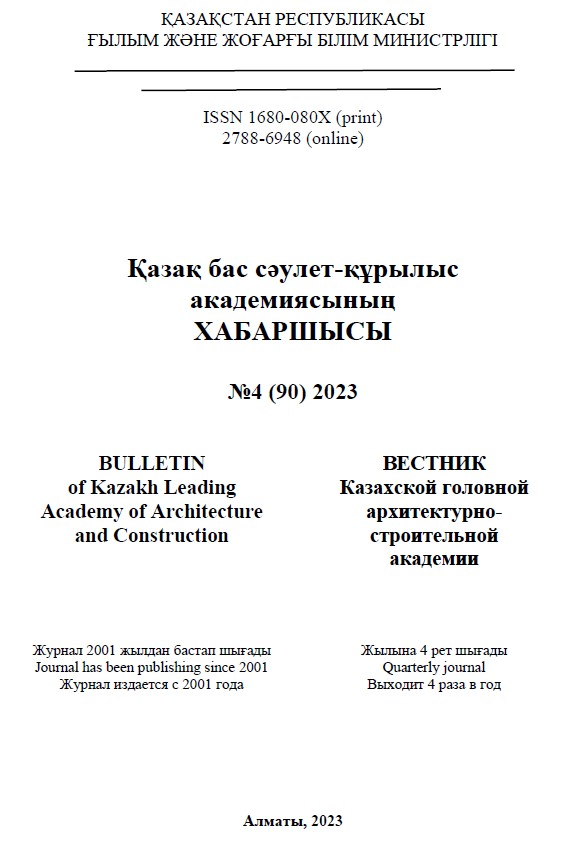Abstract
The article is devoted to the analysis and identification of architectural and urban planning patterns of residential development in the 1930s-1990s in Karaganda. The authors have identified regional features of residential architecture, architectural and artistic forms and stylistic trends, features of the formation of the residential environment, taking into account natural and climatic, socio-economic, cultural and historical factors

